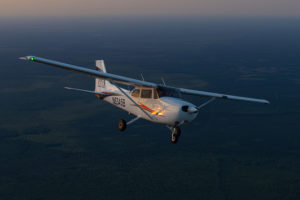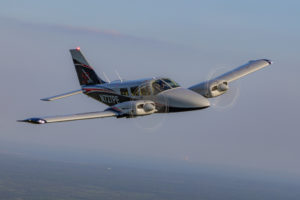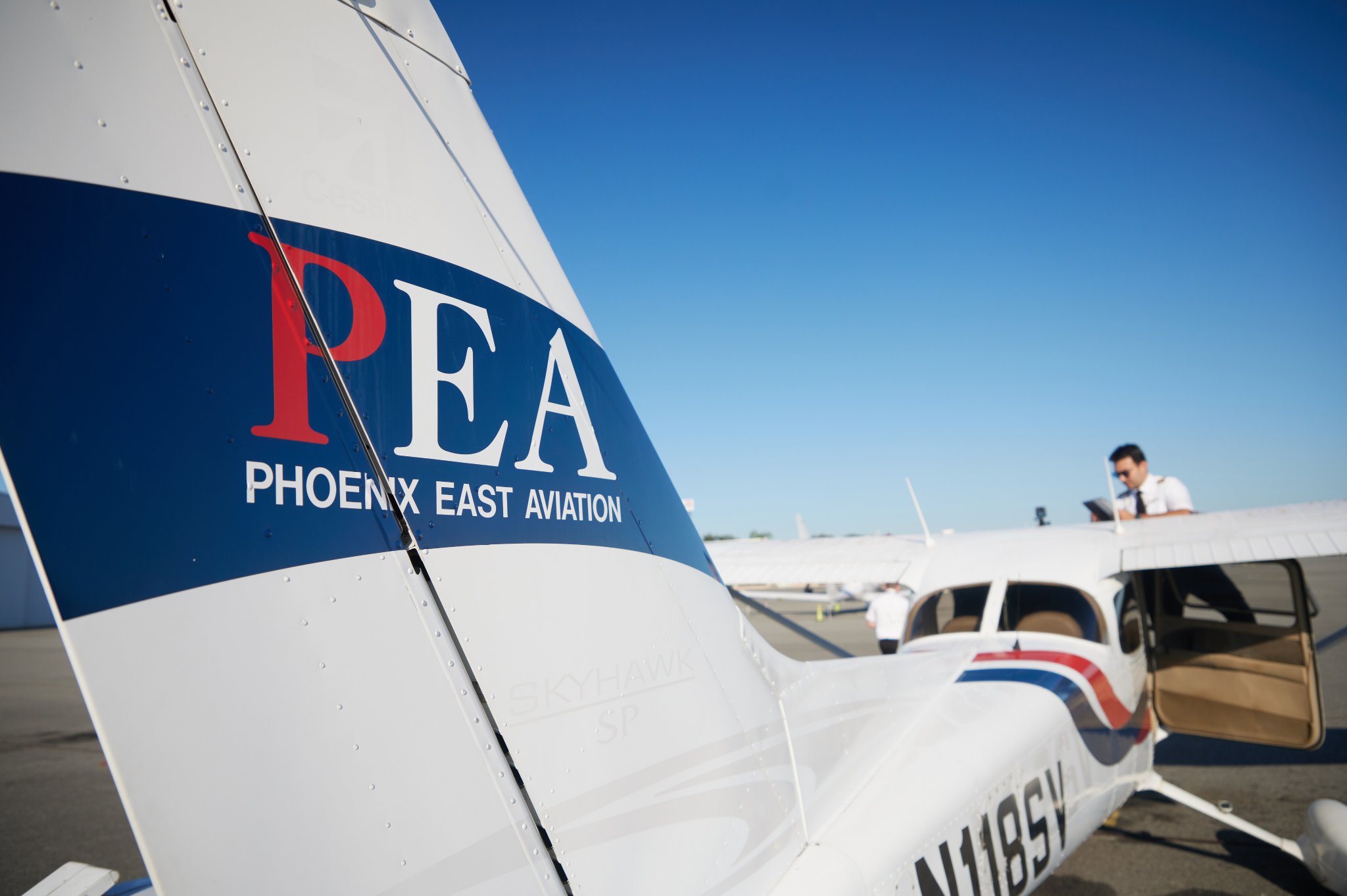Guide to Checkrides
Passing a Federal Aviation Administration (FAA) practical exam, or checkride, is a crucial milestone in a pilot’s career as it demonstrates their proficiency in applying knowledge to real-world flying scenarios, validates their ability to operate an aircraft safely, and is a mandatory requirement for obtaining pilot licenses and ratings. In some cases, pilots may be required to complete checkrides routinely to maintain their flying ability. Since checkrides are not a one-time occurrence in a pilot’s career, but rather a recurring necessity, thorough preparation is essential for success and continued growth in the aviation industry.
Here are some tips to ensure a successful checkride:
 What is a Checkride?
What is a Checkride?
The first step to a successful exam is understanding what a checkride is and why it is significant. A checkride is a test issued by the Federal Aviation Administration (FAA) to determine whether an individual is eligible to receive or maintain ownership of a pilot’s license. These exams are taken following the completion of any license or rating a pilot is working on obtaining, and are often regarded as the “last step”, therefore should not be taken lightly.
During a checkride, an examiner will fly with a student or active pilot to evaluate their ability to execute specific maneuvers. Based on FAA guidelines, the examiner assesses the individual’s performance and determines whether they pass or fail, which in turn affects their eligibility to begin or continue flying. As the FAA holds the highest aviation authority in the United States, its practical exams are of utmost importance. Students who recognize the significance of a checkride are better positioned for success in their examinations.
Stay Informed on the Practical Test Standards (PTS)
Checkrides aren’t meant to trick students. The FAA’s Practical Test Standards (PTS) are accessible to students, outlining several maneuvers that they will be required to perform—such as proper takeoffs, landings, and stalls—and serving as the foundation for their evaluation.
Flight instructors review these maneuvers with their students and grant approval for a checkride based on their professional assessment of their student’s readiness. Instructors will only endorse their students for a checkride once they are confident, based on the Practical Test Standards, that the students are fully prepared to pass the exam.
Students uncertain about the exam tasks can consult the FAA’s guidelines for clarification. Selecting the appropriate Practical Test Standards guide is crucial, as the FAA provides separate versions for the different pilot licenses and ratings, including but not limited to Private, Commercial, and Flight Instructor ratings.
Students can rely on their flight instructors and the FAA’s extensive online resources for additional preparation before their checkride. It is reassuring to remember that these exams mirror typical flight procedures, so students won’t be required to perform unconventional maneuvers like barrel rolls or other extreme aerobatics.
Retaking a Checkride
Don’t panic! Should a student fail their first checkride, there are procedures for retaking the exam.
It’s natural for students to experience anxiety or distress after failing an exam, as even minor mistakes can overshadow the extensive preparation. While the prospect of failure is daunting, it’s important to recognize that mistakes are part of the learning process. Flying is subject to numerous variables, such as weather conditions and navigational challenges, which can be particularly difficult to manage under the added stress of examination.
 Examiners promptly inform students of any failed maneuvers during a checkride and may either end the exam or allow the student to continue with the remaining tasks. In the latter case, students can earn credit for successfully performing maneuvers.
Examiners promptly inform students of any failed maneuvers during a checkride and may either end the exam or allow the student to continue with the remaining tasks. In the latter case, students can earn credit for successfully performing maneuvers.
After a failure, students can retake the exam following additional training from their instructor, who will reassess their readiness. If the retake occurs within 60 days, students retain credit for previously successful tasks and only need to redo the failed maneuvers. For example, if a student fails the short field landing, but passes other tasks, they only need to perform one correct short field landing on the second attempt.
However, if a student fails the entire test or retakes it after 60 days, they must complete the full exam again.
Let’s Take a Look at Statistics
Not every student will pass their first checkride, but the chances are relatively high. In 2022, the Aircraft Owners and Pilots Association (AOPA) reported that 75-80% of certified flight instructors (CFI), commercial pilots, and private pilots passed their first practical exam. Commercial pilots were in a slightly higher range than both CFI and private pilots, which were roughly the same.
Historically, CFI has had the lowest initial pass rate, according to data ranging from 2007-2022. However, an overall upward trend for the three groups has brought them within a close range of each other, leading to record highs in 2022.
This suggests that there is less discrepancy between initial pass rates for CFI, commercial pilots, and private pilots. Thus, students may find it reassuring that pilots are more likely to pass than not according to these statistics.
Completing Your Checkride
As soon as a student has passed a checkride, they will be granted a temporary certificate and will receive an official certificate after the FAA performs a comprehensive review. While the student will have to pay for the exam, the certificate is issued at no additional charge.
Upon successfully passing the initial or subsequent checkride, a pilot can take comfort in knowing that a significant milestone in their pilot journey has been achieved.
If you are ready to have your pilot dreams take flight, contact Phoenix East Aviation at info2@pea.com to get in touch with their esteemed Admissions Department which is here to help!
Sources:
Tracking Pass Rates on Practical Tests. AOPA. (2022, March 28). https://www.aopa.org/training-and-safety/flight-schools/flight-school-business/newsletter/2022/march/28/tracking-pass-rates
Practical test standards (PTS). Practical Test Standards (PTS) | Federal Aviation Administration. (n.d.). https://www.faa.gov/training_testing/testing/test_standards



